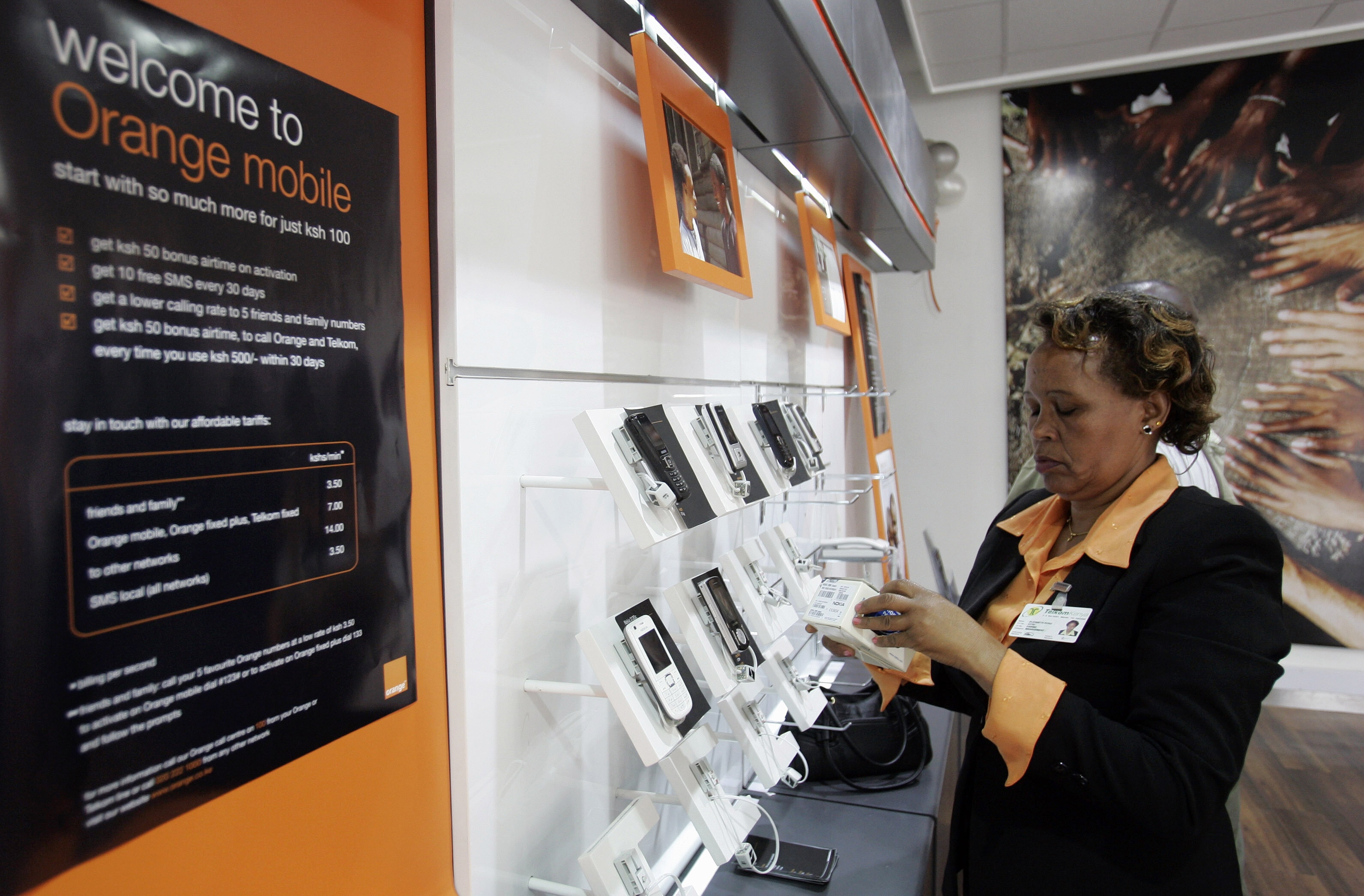People want self-driving cars to share their personality

Could autonomous cars have their own personalities?
Image: REUTERS/Fabian Bimmer
Stay up to date:
Emerging Technologies
Even if we don’t have one ourselves, we want to see driverless cars to be agreeable, conscientious, and stable, according to a new study.
Researchers set out to examine how the degree to which the vehicle and the rider seemed to share certain “personality” traits influenced someone’s perception of safety of an autonomous vehicle.
“We wanted to answer the question: If we want to encourage people to use autonomous vehicles, how can we design the vehicles’ perceived personalities, or driving styles, so that drivers are more willing to adopt them?” says Lionel Robert, associate professor at the School of Information and core faculty at the University of Michigan Robotics Institute.
“It’s all about perception,” says X. Jessie Yang, assistant professor of industrial and operations engineering. “Objectively, autonomous vehicles could have very reliable performance, but if the human does not perceive them as safe, then they will not use them.”
'The big five' personality traits
The team focused on a set of personality traits used in social science, called “the Big Five”:
- Extroversion, or being sociable
- Agreeableness, or being considerate
- Conscientiousness, or having self-control
- Emotional stability, or being well-adjusted
- Openness to experience, or tolerating new ideas
In the past, studies have found conflicting results on personality’s role in human-robot interaction. In some studies, when a human and robot shared personality traits, it led to positive interactions. In others, researchers saw positive interactions when a human and robot had dissimilar personalities, or it depended on the context of the situation.
In an effort to shed new light on the topic, the researchers surveyed more than 440 drivers to determine how high or low they scored on each personality trait. Then, participants watched videos from the front seat point-of-view of an automated vehicle driving as the vehicle varied from normal to aggressive driving and the weather varied from sunny to snowy. Afterward, participants rated the vehicle’s “personality traits,” as well as how safe they felt in each situation.
The team found similar mixed results as previous studies: both similar personalities and divergent personalities improved the human-robot interaction. But, they were able to differentiate the data based on each trait.
Specifically for the traits of agreeableness, conscientiousness, and emotional stability, riders felt safest when both they and the vehicle scored highly in each trait. Riders who scored lower than average in these three traits nevertheless seemed to prefer a car that exhibited them.
Depending on the trait and the rider’s own personality, riders reported safety scores between 8.9% and 13.8% higher, on a five-point scale, if they believed the car to possess one of these traits than if it lacked it.
Cars with customized personalities
Riders felt the least safe when they scored highly in agreeableness, conscientiousness, and emotional stability, but the car scored lower. The traits of extroversion and openness to experience had no impact on feelings of safety.
“The takeaway is that we want to design the autonomous vehicle to be agreeable, conscientious, and emotionally stable to increase perceived safety,” Yang says.
Beyond a single automated vehicle personality for all drivers, Robert envisions a future with customized personalities.
“Imagine the moment you get into an autonomous ride sharing vehicle, it pings your cell phone to update its driving style, voice, and the way it interacts with you,” he says.
The researchers presented a paper outlining the research at the Association for the Advancement of Artificial Intelligence Fall Symposium on AI and Human Robot Interaction.
Don't miss any update on this topic
Create a free account and access your personalized content collection with our latest publications and analyses.
License and Republishing
World Economic Forum articles may be republished in accordance with the Creative Commons Attribution-NonCommercial-NoDerivatives 4.0 International Public License, and in accordance with our Terms of Use.
The views expressed in this article are those of the author alone and not the World Economic Forum.
Related topics:
Forum Stories newsletter
Bringing you weekly curated insights and analysis on the global issues that matter.
More on Emerging TechnologiesSee all
Valeriya Ionan
July 28, 2025
Ivan Shkvarun
July 25, 2025
Anil Gupta and Wang Haiyan
July 25, 2025
Mark Esposito
July 24, 2025
Anthony Cano Moncada
July 23, 2025
Manikanta Naik and Murali Subramanian
July 23, 2025





